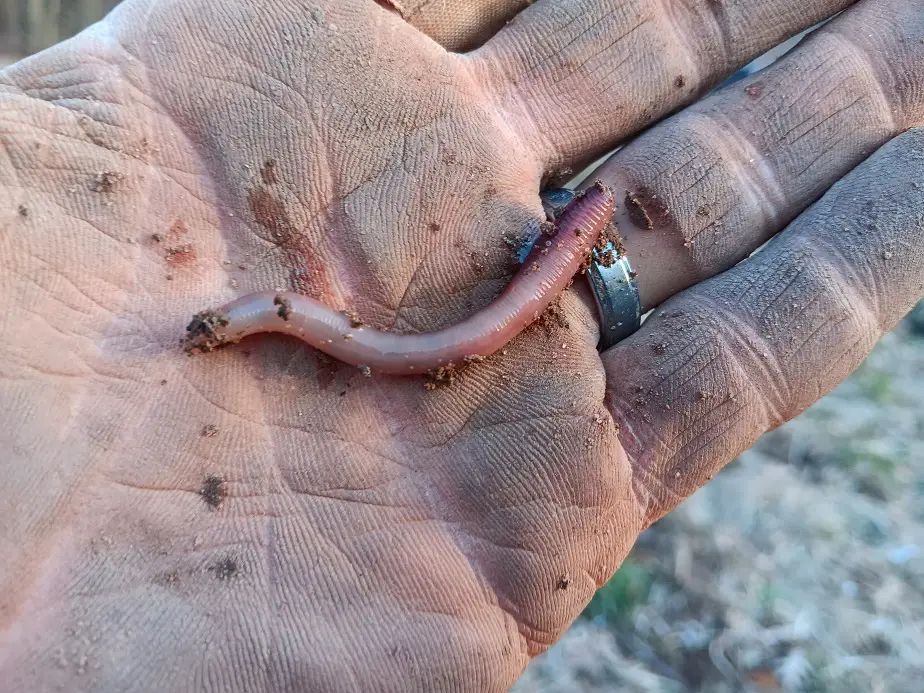Normally, you shouldn’t buy worms just to put in your garden. In most regions, worms will populate naturally if the soil is rich and healthy. Instead of buying worms, increase your natural worm population by creating a good habitat and avoiding harmfull soil practices like tilling and chemical application.
The key is to get your soil healthy, provide a viable habitat, and stop poisoning worms. Let’s talk about it.
How to Increase Earthworm Populations
Worms are one of the more sensitive soil creatures. By monitoring worm populations, agronomists are able to quickly rate the health, fertility, and overall microbiology of a soil. The first thing you need to do is establish your current worm population. You need to do a worm count. Here’s how.
Use a regular digging shovel and take a large scoop of dirt. That should be roughly 1/3 cubic foot. Drop it on a tarp or other barrier and sift through, counting every worm. How many did you find? It’s not common to find zero worms in a shovel, but that’s a sign of very poor soil health. Here’s a functional scale of worms per shovel.
- 0, your soil is considered dead. Little to no organic matter, microbiology, or natural fertility.
- 1-5, Your soil is poor, but it has some complete functioning ecosystems and natural fertility.
- 6-10, Your soil is somewhat naturally fertile and has healthy soil ecosystems.
- 10-15, Your soil is moderately fertile and healthy with good texture and has robust fertility-creating ecosystems.
- 15-20+, Your soil is extremely healthy and toxin-free, and has high levels of natural fertility. It will resist compaction, hold more water, and plants will thrive easily.
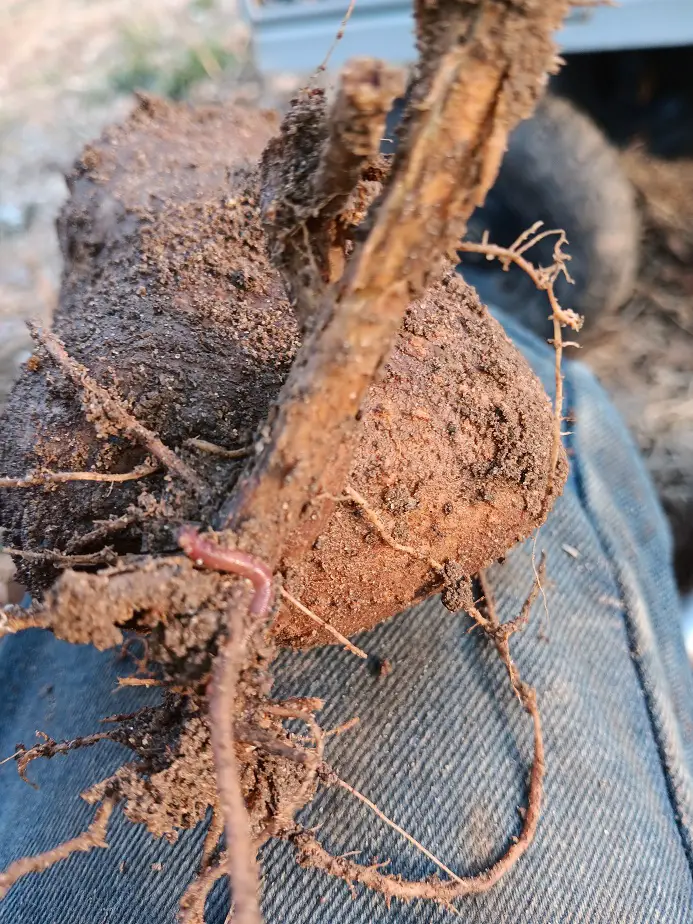
Go out and do a worm count as soon as possible. What were your results? If you want to add worms, you need to build the right ecosystem. Worms will populate quickly if they get what they need. First, let’s talk about what harms the worm population.
There are five things which many gardeners do that destroy worm populations. They are: Tilling, synthetic fertilizers, insecticides, fungicides, and herbicides. That combo is exactly how to destroy not just the worm population, but all other healthy organisms in the soil. It’s a killer combo. Let me offer a few citations here.
- Earthworms are an effective measure of insecticide function
- Common fungicide kills 80 percent of worms
- Toxicity of inorganic fertilizers to earthworms
- Tilling significantly reduces earthworm populations
I recently talked with a group of local farmers and gardeners. Most admitted that thay didn’t think they had any worms in the soil. It’s a crying shame. For most of the world, worms mean soil health and fertility. A high worm count should be your goal.
If you want to increase your worm count, you need to have a worm habitat and worm food. The biggest things you can do to increase worm populations are to avoid applying agricultural chemicals, and to leave surface plant debris or other organic mulch material as both a cover and food source.
Most species of worms live in the top 2 inches of soil and feed on mainly plant debris on the surface. If this debris is removed or tiled in, most species of worms will not have a habitat or food source. It also makes them easy pickings for birds and small animals like opossums and raccoons.
Also, learn to use cover crops. You will find more of the deeper soil worm species around the roots of growing plants. Cover crops are a way of keeping plants growing in your soil either before or after your harvest. If you will have bare dirt for more than 30 days, you should seriously consider a simple cover crop.
And then, we need to understand how the tilling and different chemical applications effect earthworm populations. So, just how do all of these things affect earthworms so harshly?
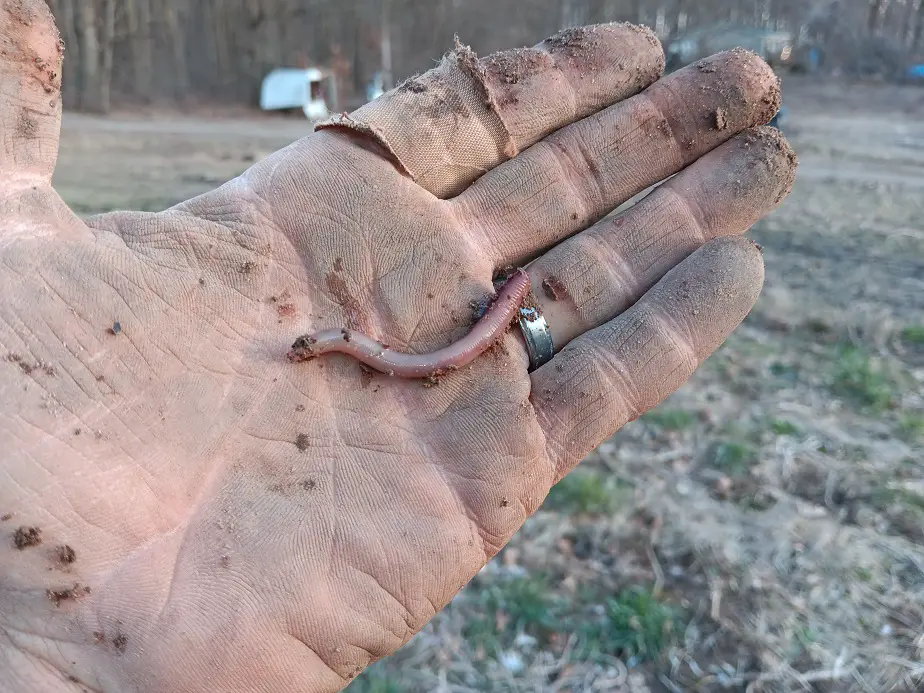
How Does Fertilizer Affect Worm Populations?
Synthetic fertilizer can both kill worms and make the soil inhospitable to worms. Fertilizer compounds are considered a salt. Synthetic fertilizers are concentrated salts. Salt kills worms by drawing moisture away from their body, causing them to dry out.
Fertilizer chemicals have strong negative charges. The strong charge causes other minerals to attract. Moisture flows and attracts faster than dry minerals, so these negatively charged synthetic fertilizer salts draw moisture away from worms immediately. I have seen fertilizer applications reduce over 95 percent of earthworms after a single season. I did it myself one year.
I had a fairly health soil, but we wanted to really pump out some high-productivity from potatoes and corn. I knew the danger of using a lot of fertilizer, so I did what was supposed to make it safer on the soil life. I diluted it with water and applied it as a liquid. I applied this every two weeks between my garden rows in accordance with recommended annual fertilizer rates.
Halfway through the growing season, I noticed my soil compacting. I found out that my worm count was almost non-existent. It went from 10 per shovel to zero. Even the texture and aggregate of the soil were getting bad. I learned a valuable lesson that year firsthand.
I knew that a granule of fertilizer would kill a worm that touches it, but I didn’t realize that even water-dissolved fertilizer particles are still harsh on worms. Even if it’s not strong enough to kill them, the soil becomes aggressively inhospitable to them and they find a better area.
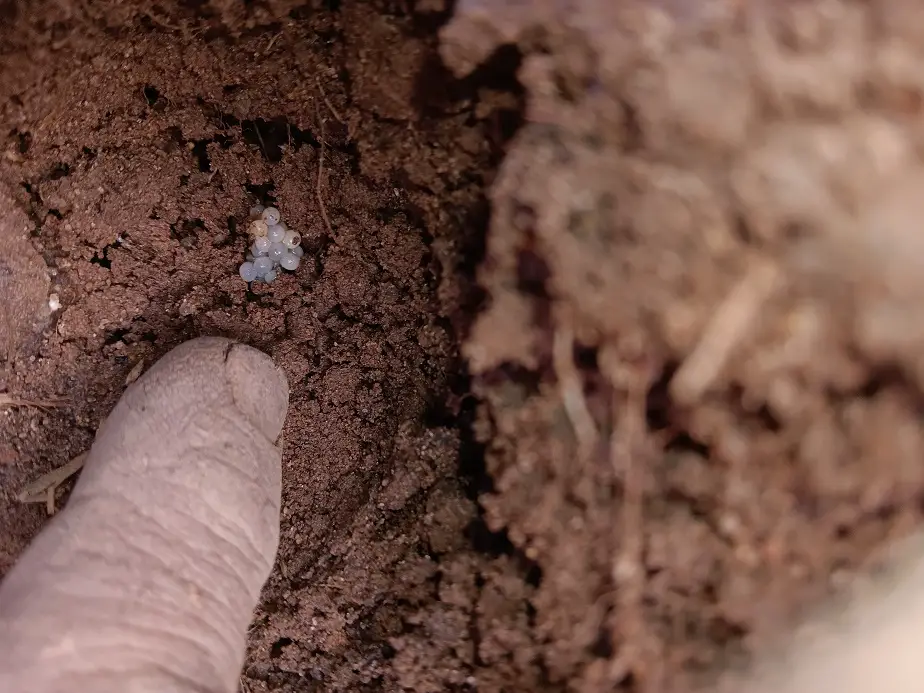
The Impact of Pesticides on Earthworms
Pesticides including herbicides, fungicides, and insecticides are often toxic or poisonous tio earthworms. Most of the application chemicals work by either being outright poisonous of toxic on their target species, but they tend to be rather broad-acting and have impacts and side-effects on many beneficial organisms like earthworms.
For example, phosphate compounds like RoundUp are quite toxic to worms and have detrimental effects on earthworm populations in soil. Sevin, the most common insecticide in gardening, causes horrible results in earthworm populations. It does a very good job at killing them.
Some Agricultural chemicals are not as harsh on others, but even the ones considered to be “worm friendly” still kill up to 45 percent of worms in the soil. Even things like a copper fungicide, which is listed for organic production, still ills worse and more in the soil. Copper fungicide literally delivers a mildly toxic dose of copper to your plant. If you get it on your soil, it will begin to kill off both worms and beneficial microbes in the soil.
When a chemical kills one thing, it also kills other non-target organisms. This hurts overall soil fertility, and makes it more likely to have issues with pathogenic bacteria like E.Coli and Salmonella. It’s just a fact. Even the infamous DE (diatomaceous earth) powder kills earthworms as well as the bad guys.
The only actual treatment I’ll consider using anymore is BT, which is a cultured bacteria that is effective against most types of caterpillars and chewing bugs, but seems to have little effect on worms.
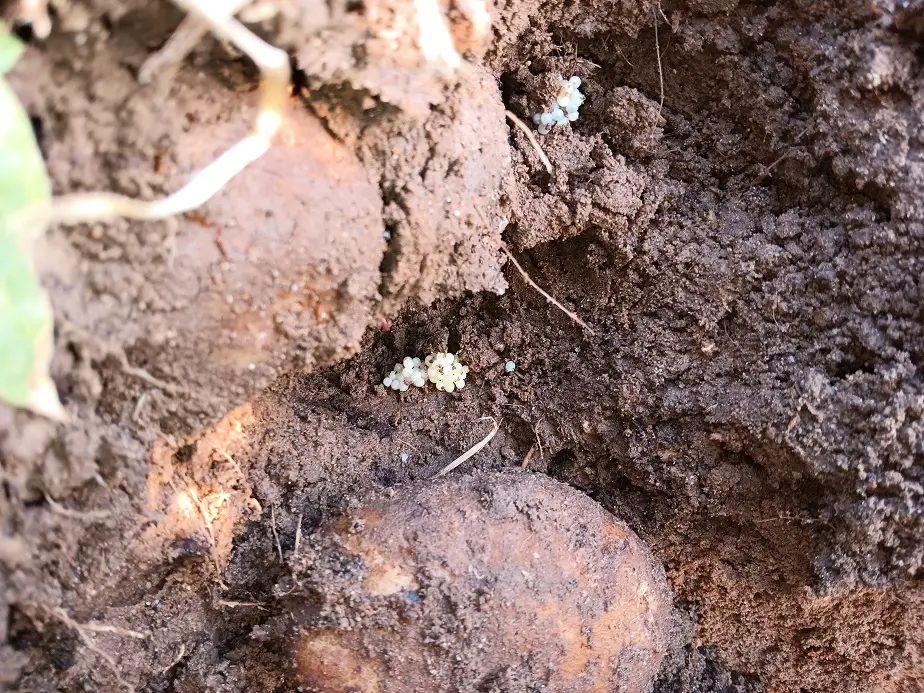
How Bad is Tilling for Earthworm Populations?
Tilling Reduces the worm population mainly by reducing and degrading their food source. Tilling buries surface crop residue that many species of worms need, and it aerates the soil causing depletion of the organic matter food for more subterranean species of worms. Tilling also impacts soil quality making it less habitable for worms.
Worms are delicate creatures. Worm eggs are vastly more delicate. Many people have never really noticed worm eggs in the soil due to their size. Worms lay tiny white eggs in clusters anywhere from just under debris to a foot underground. Based on my own research, tilling destroys a minimum of 90 percent of worm eggs in a single pass.
When you till the spring soil, you will destroy that year’s crop of worms before they every hatch. Right now it’s early March in Michigan. I can go find earthworm eggs under leaf litter and in rich earth all over my property. If I till the soil next month, as many do, I’ll kill most of my worms before they hatch. Worms can add more fertility to soil than any fertilizer. Support your worms.
Have you ever heard of worm castings? You can buy a small bag of it at most garden centers. It’s basically worm manure. The stuff is expensive and incredible for your soil. That stuff costs two or three dollars a pound in the current market. People don’t seem to realize that you can get tons, literally, of that stuff just by creating a better worm habitat in their soil.
A worm count of ten per square foot, or about four per shovel of soil, will produce one to two pounds of worm castings per square foot each year. That’s like adding several large handfuls of worm castings to a ten-foot by ten-foot square garden every day. I have one acre of soil currently. If I can get three or four worms per shovel, I can get between two and four tons of worm castings each year.
Here’s another point. Did you know that worms reuse their tunnels for as long as the tunnel is intact? That lets the worms travel much faster and helps them find food. Soil with more existing worm tunnels will support more worm activity and higher worm populations. When you till soil, the worm tunnels are destroyed. That means that what worms weren’t killed by the tiller have to re-establish in the soil.
It’s tough work for worms. They will not spread as far or reproduce as much if the soil has been recently tilled. Worm tunnels have been observed to remain intact and been reused for decades in no-till soils.
If you really want to increase the number of worms in your soil, you need tio give them food and stop poisoning them. Agricultural chemicals are poisons and toxins. Worms, being soft-bodied creatures, are very sensitive to contact poisoning and contact toxicity.
Related Articles:

